Like any frontier city, Trieste has an undisputed charm and bears the evidence of a complex and interesting history. While not often enough on the main tourism routes for those who visit Italy, the city is certainly worth at least a few days stay. It's definitely a place to be discovered at a leisurely pace, in fact you can easily visit it on foot. Many of the main attractions are within walking distance of each other, in pedestrian areas, and the public transport network is very efficient.
Here are the top 10 destination on Trieste you just can't miss.

1 - The city center
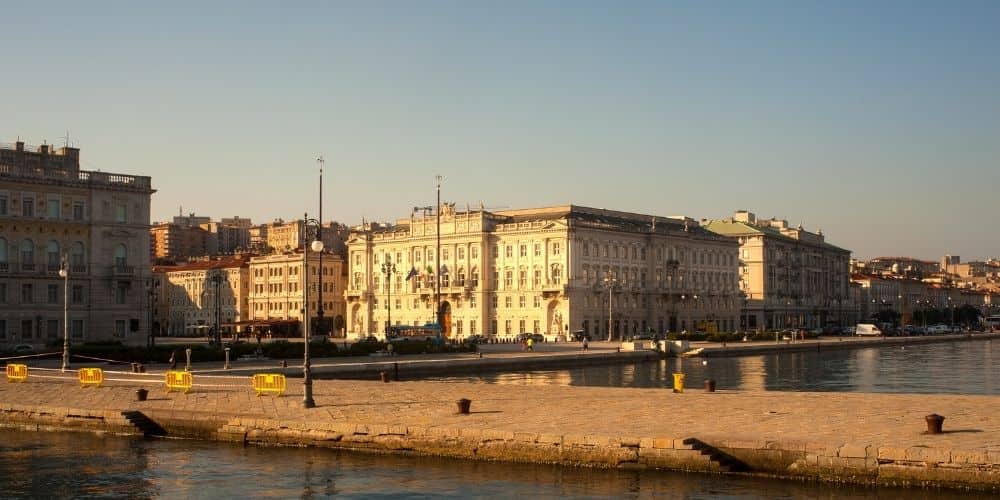
2 - San Giusto Hill
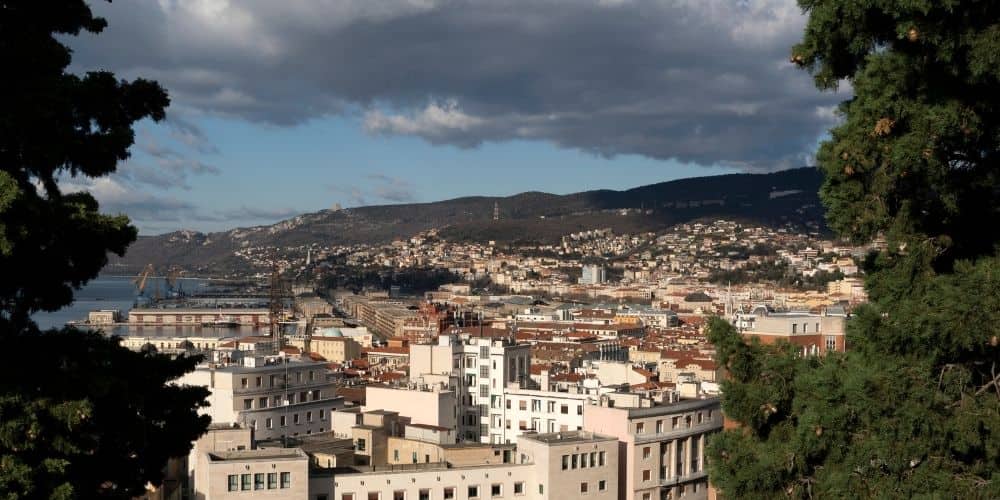
3 - San Giusto Cathedral
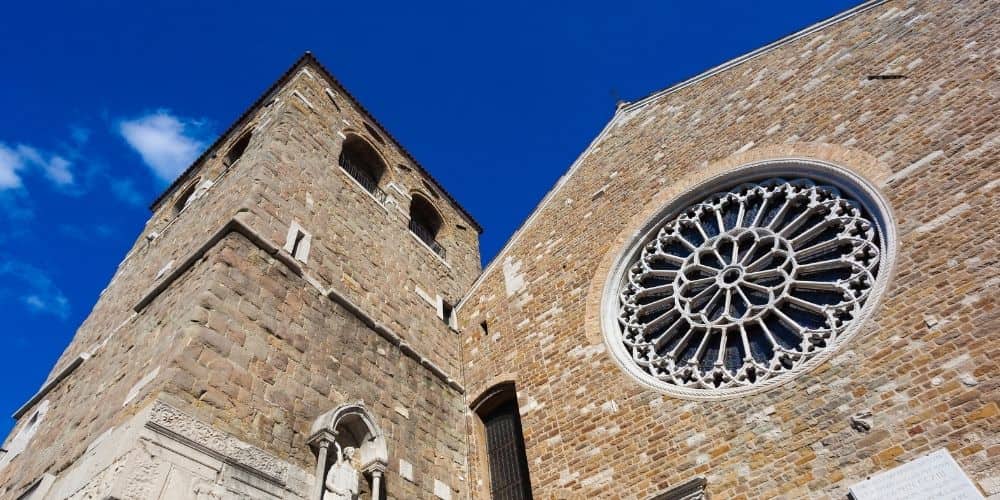
In its austere gray stone facade various marble finds from the Roman age have been inserted, while the bell tower houses five enormous bronze bells. Inside, the magnificent Byzantine mosaics, the work of masters from Venice and Constantinople, are surely a sight to behold.
4 - Miramare Castle
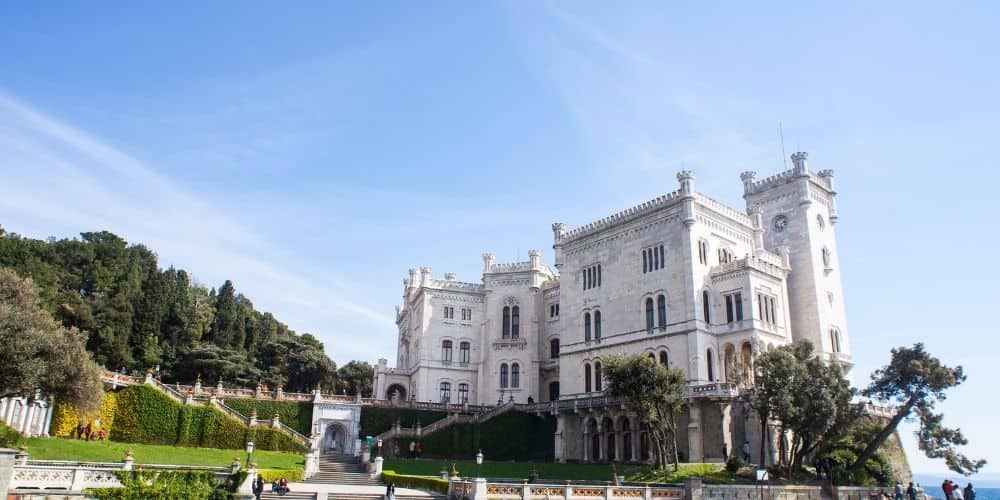
5 - Duino Castle
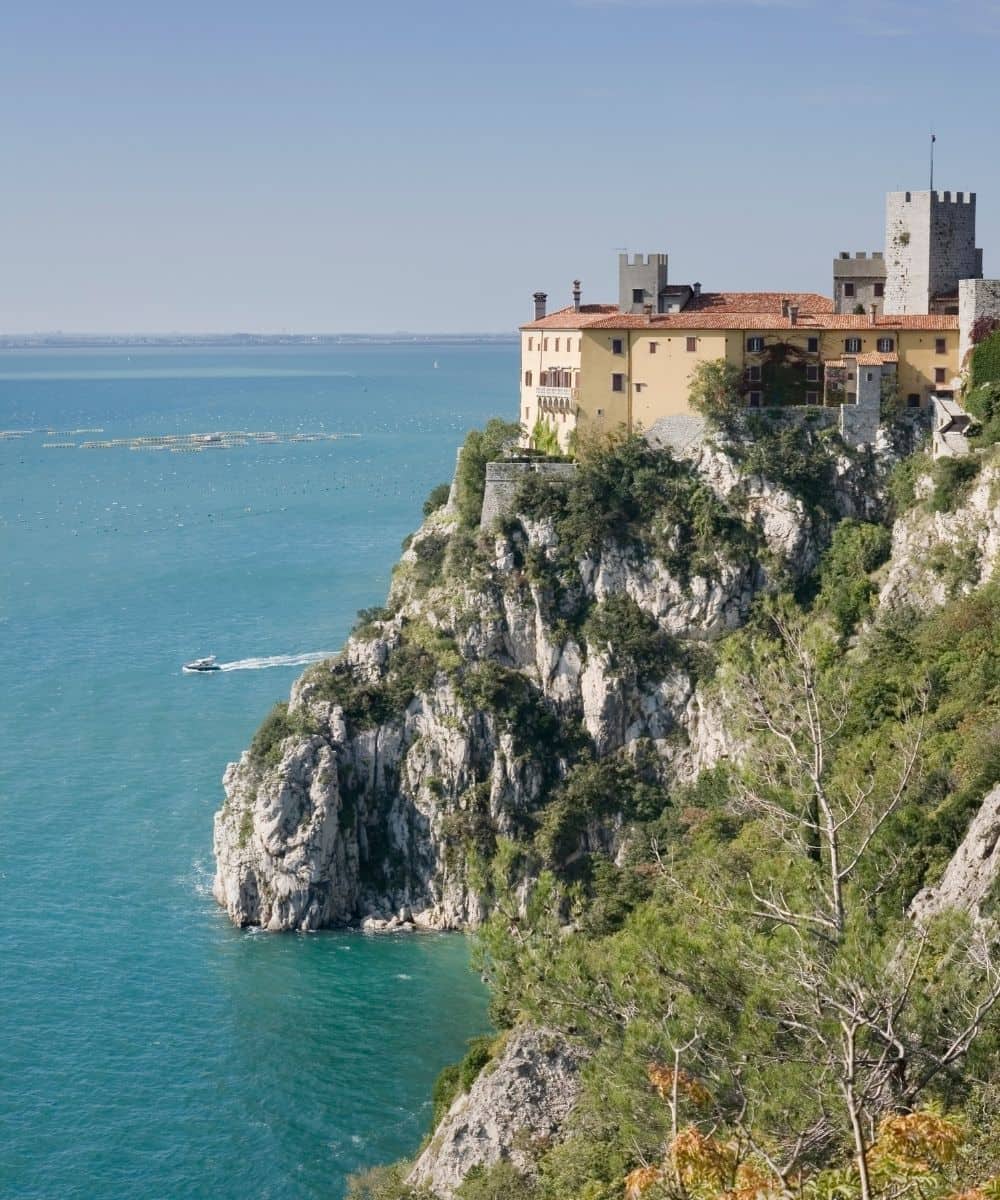
6 - Revoltella Museum
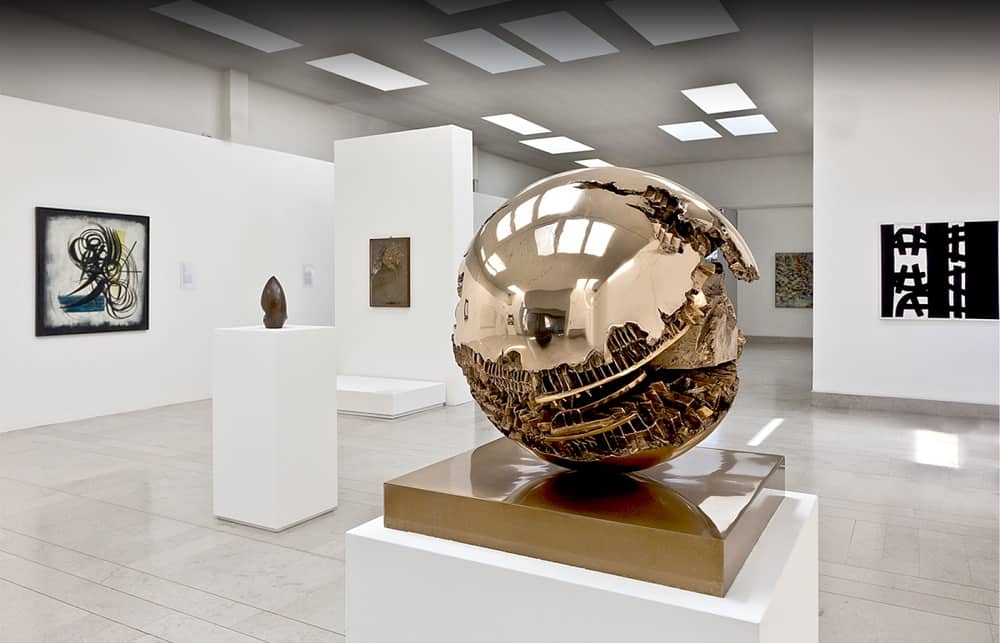
7 - The cafes
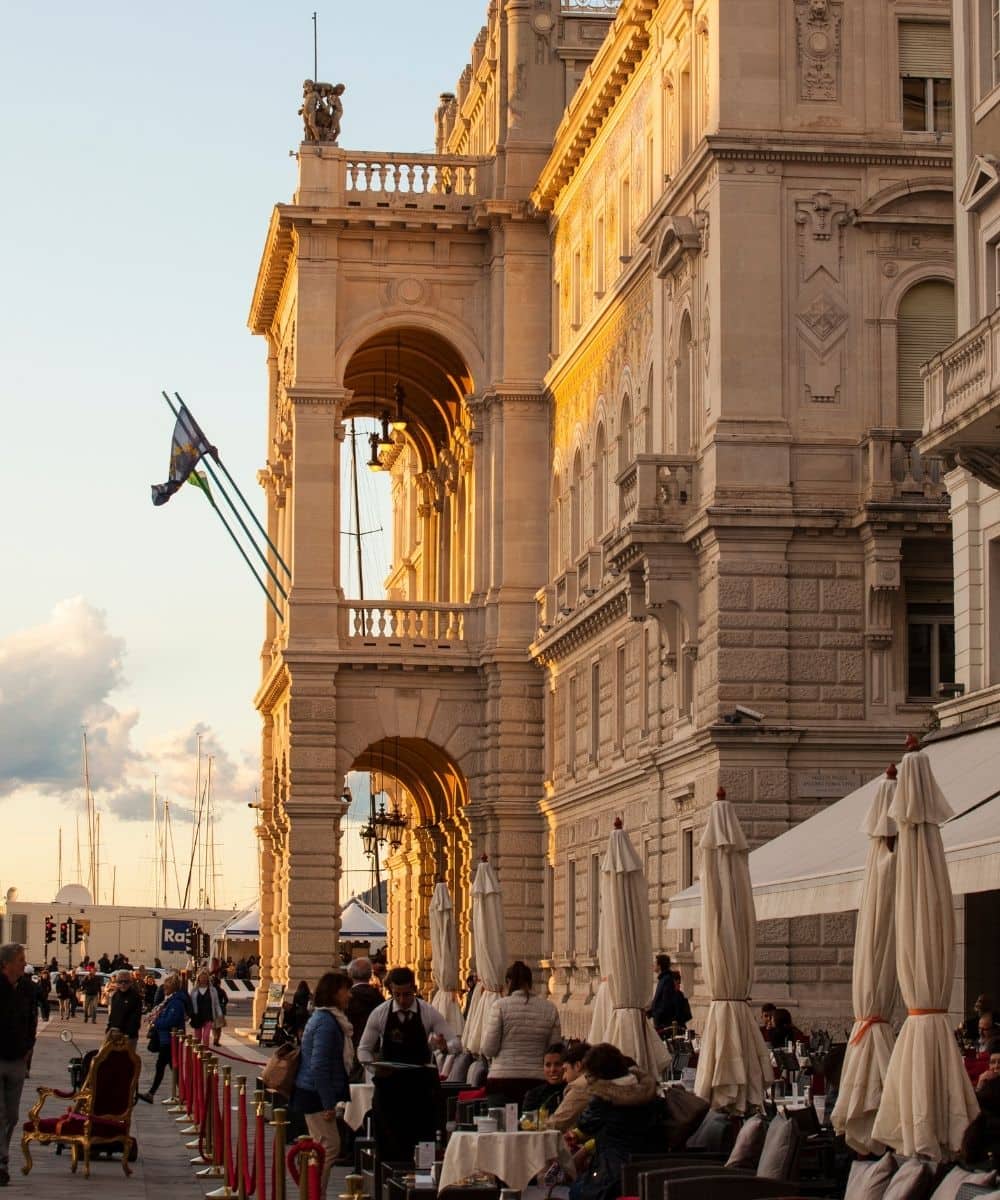
Many of these places have remained basically intact over the decades and offer now a fascinating experience, as well as a blast from the past. Furniture, mirrors, stained glass windows, stuccoes, everything has remained almost unchanged, even the taste of the delicious sacher torte, a legacy of the Austrian rule, but still very popular in the area.
8 - Risiere of San Sabba
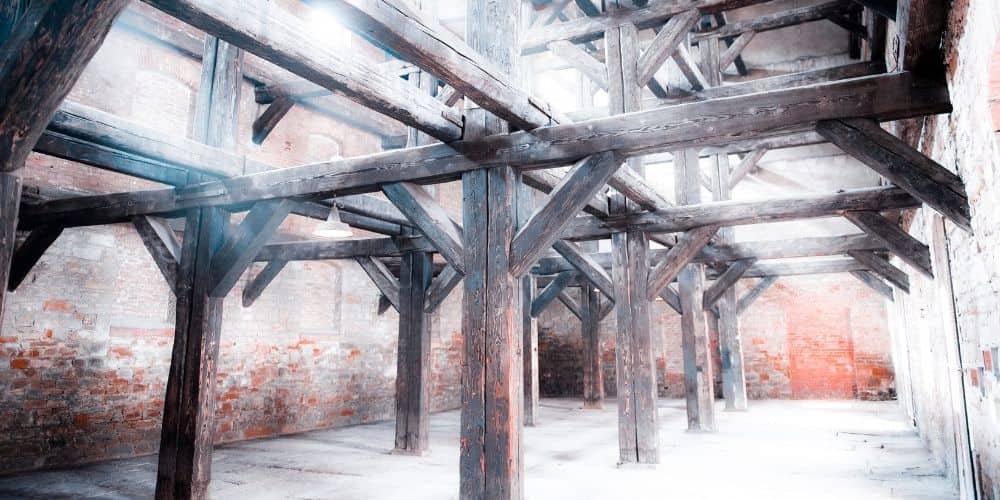
9 - Grotta Gigante
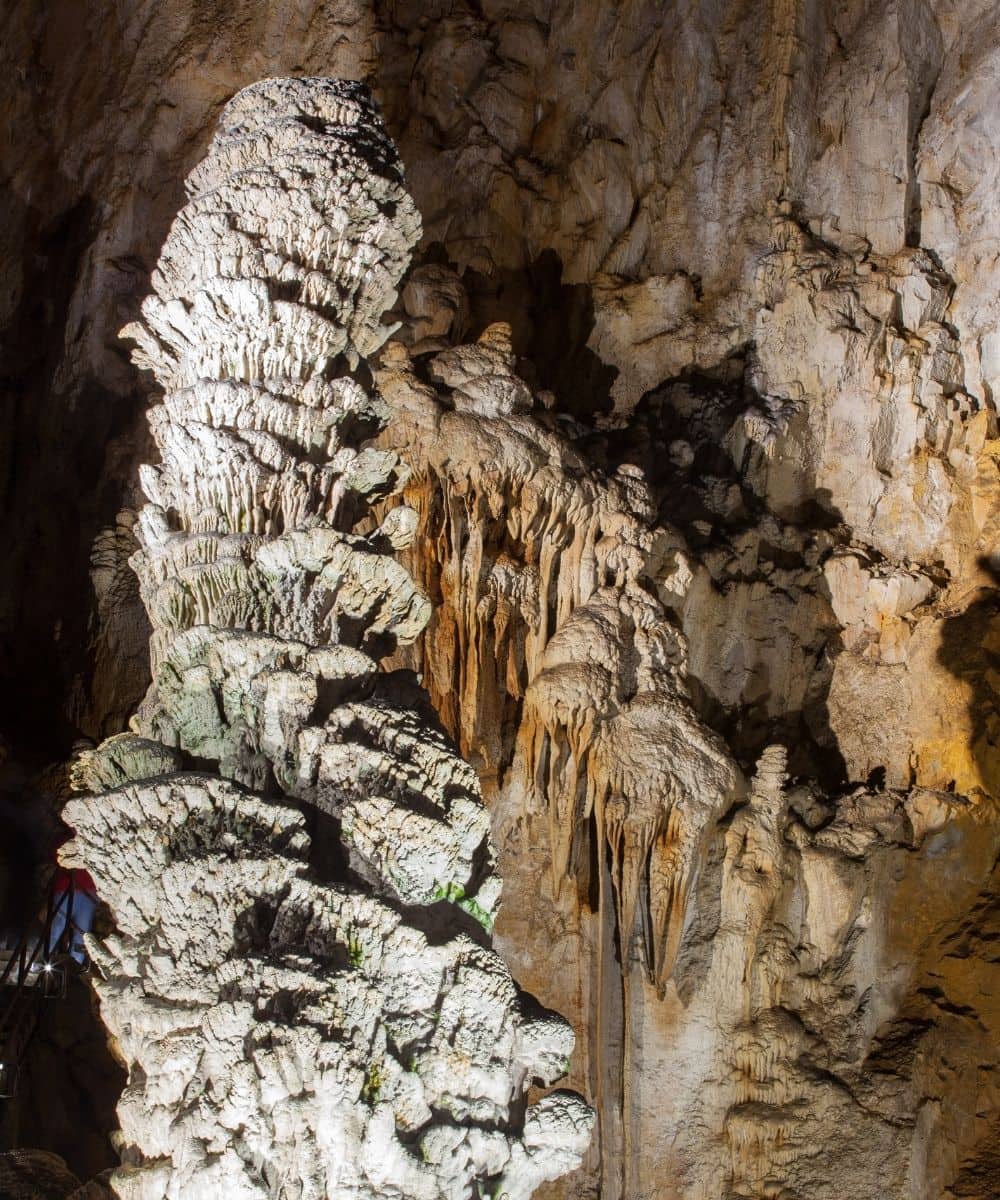
10 - Trieste's Karst
Nature lovers cannot miss the vast plateau that surrounds Trieste. The Karst is made up of valleys and bathing streams, several trekking paths, rock faces much appreciated by sportsmen, and also sinkholes and caves of different sizes. It's a truly unique place, with breathtaking views and cliffs overlooking the sea.
However, human presence has also left traces of historical events, as in the case of the trenches dug by the Austro-Hungarian army, of the Napoleonic road, of the ammunition depots. Anyway, this is also the place where Ladin, Germanic and Slavic culture meet. In fact, there are many small settlements where you can learn about typical local products, customs and folk festivals.
About the author
Written on 24/05/2021

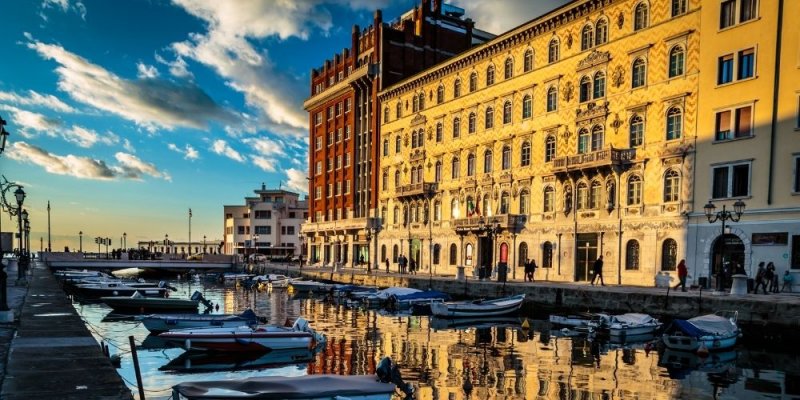

Paola Cirino
10 unmissable places for those who visit Trieste: it's a romantic and lively city, with a multicultural soul, ancient and modern at the same time.